“Woodward is home to the first mile of paved roadway in the world”
Does the thought of bicycling along Woodward Avenue between Detroit and its suburban neighbors conjure up images of unfriendly roadway and fast moving cars for you? If so, you'll be happy to hear that there's an effort underway to bring protected bike lanes to the busy Metro Detroit thoroughfare.
Still in the planning phases, the idea is to install protected lanes from 6 Mile to 8 Mile at the border of Detroit and Ferndale and continue from there with painted lanes stretching all the way to the I-696 ramp in Royal Oak. There's also interest in extending the protected lanes from 8 Mile to the freeway ramp later on down the road.
The Woodward Avenue Action Association (WA3), a nonprofit dedicated to enhancing the 27-mile corridor, is spearheading the project.
Jeff Spakowski, a volunteer with Detroit's weekly Slow Roll ride, tells Mode Shift he's excited about their plans. The Huntington Woods resident regularly rides down to Detroit on Mondays to help with Slow Roll's registration. He typically steers clear of Woodward as much as possible for the trip down, as it coincides with rush hour.
"For my non-Slow Roll rides downtown if it's not rush hour I prefer to take Woodward, but the amount of glass at the curb especially through Highland Park means I need to be able to ride well out into the first lane," he tells Mode Shift. "Protected bike lanes would go a long, long way towards increasing the amount of times I ride in to the city and would have the added benefit of making my wife feel comfortable as she doesn't like to ride with cars."
The bike lane project is an outgrowth of WA3's Complete Streets Master Plan for the avenue, which was adopted by the group's board in September. Created with the help of local municipalities and stakeholder groups, the plan outlines a vision for making the roadway friendlier to all users regardless of their mode of transportation.
Deborah Schutt WA3's Executive Director says she sees the bike lane effort as a pilot project for the corridor as a whole.
"One of the reasons we took on the 6 to 696 bike lanes is it's low-hanging fruit," she tells Mode Shift. "There are a lot of cyclists in that area, but there's also a tremendous amount of excess capacity in the roadway, and so it's an easier place to approach the road owners, MDOT and others and say: 'Let's do a demonstration.'
"The other part is Pleasant Ridge and Ferndale are so bike-favorable," Schutt continues. "They're advocates for really getting into Complete Streets and making it happen. So that was natural too."
What would the protected lanes look like? WA3 envisions two-way cycle tracks on both sides of the street. As a general rule, they would run adjacent to and level with the sidewalks. Building them that way sidesteps tricky jurisdictional questions and, as a result, makes the lanes easier to maintain.
To start with, the protected lanes would only be installed between 6 to 8 Mile. Although the organization wants them between 8 Mile and I-696 too, their initial plans for that section only call for painted lanes. That's to avoid conflict with road reconstruction plans and a parallel effort to bring a Bus Rapid Transit (BRT) route to the corridor. WA3 is waiting for details of the high-speed bus project to be finalized before looking any further into before protected lanes north of the Detroit/Ferndale; that won't happen at the very least until voters decide on a proposed 2016 ballot initiative that would provide funding for BRT on Woodward.
WA3 doesn't currently have funding for the project, but is looking to both government and philanthropic sources for financial assistance.
If it becomes a reality, the project would be a quantum leap for bicycle connectivity in the region. On the east-west axis, it would link up with buffered lanes joining together Oak Park and Hazel Park along 9 Mile in Ferndale. WA3 has also been working with the Detroit Greenways coalition to create a seamless bicycle route from the Detroit River to the Detroit Zoo that would offer access to attractions like the Dequindre Cut and the proposed Inner Circle Greenway.
Because of the M-1 Rail and the proposed BRT system, however, it wouldn't be a straight shot up Woodward.
The executive director of the Detroit Greenways Coalition, Todd Scott, says the extended route would tentatively run north from the RiverWalk along Cass to Grand Boulevard and then up Second to 6 Mile and finally a block over to Woodward all the way up to Royal Oak.
Scott tells Mode Shift he's amazed WA3 was able to get so many communities on board for the bike lane project.
Noting that Woodward is home to the first mile of paved roadway in the world, he adds that there's also historic dimension to their re-envisioning of the corridor.
"Everyone knows Woodward," he says. "It's a popular road. It deserves to be a Complete Street just like every other major famous road throughout the world."
Protected bike lanes or cycle tracks are sections of roadway specially designated for bicycles. They make use of objects like curbs, posts, planters or parked cars to put a barrier between bike and auto traffic on busy streets. These lanes may be one-way or two-way, and may also be at street level, sidewalk level or at an intermediate level between the two.


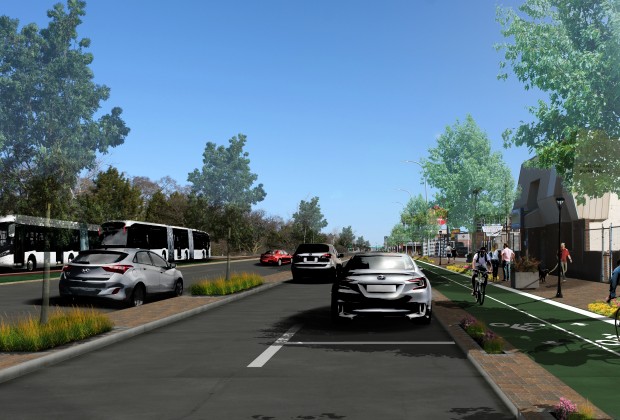
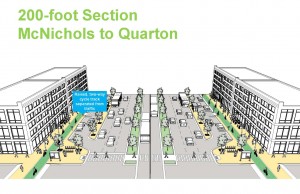
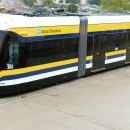
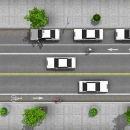
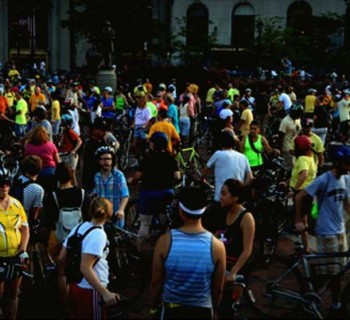
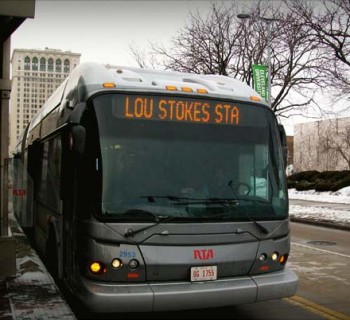
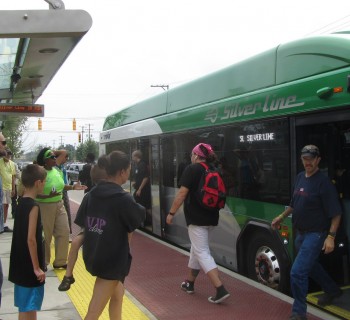

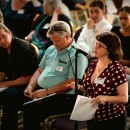

[…] Protected Bike Lanes Planned for Detroit’s Woodward Avenue (We Are Mode Shift) […]
[…] The proposed protected bike lanes to Woodward Avenue in Detroit. Image via We Are Mode Shift […]